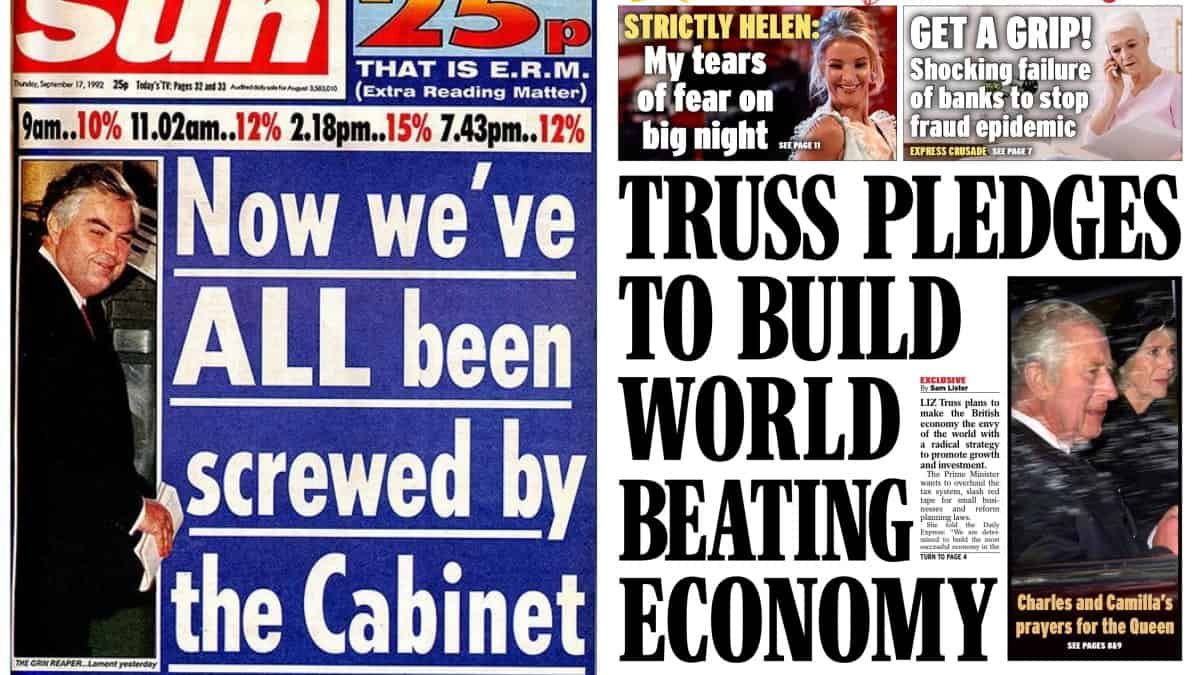
The pound has slumped to its lowest level against the dollar since decimalisation in 1971 after Kwasi Kwarteng hinted at more tax cuts.
Sterling fell by more than 4 per cent to just 1.0327 dollars in early Asia trade before it regained some ground to about 1.05 dollars early on Monday.
The chancellor has previously brushed off questions about the markets’ reaction to his mini-budget – which outlined the biggest programme of tax cuts for 50 years – after it was announced on Friday using more than £70 billion of increased borrowing.
Kwarteng on Sunday claimed the cuts “favour people right across the income scale” amid accusations they mainly help the rich.
He and prime minister Liz Truss have defended the package, despite analysis suggesting the measures, which include abolishing the top rate of income tax for the highest earners, will see only the incomes of the wealthiest households grow while most people will be worse off.
Comparisons to Black Wednesday have been made with the pound seemingly in freefall.
The event refers to September 16th, 1992, when a collapse in the pound sterling forced Britain to withdraw from the European Exchange Rate Mechanism.
At the time, the news dominated newspaper headlines, with the Sun saying we’re been “screwed by the Cabinet” and the Mail running with “Devalued Chancellor”.
Contrast that to newspaper headlines today and you might see how we got into this mess in the first place: